1.75 PRO AEROTEX (750 g)
Carbon fiber foaming SAN based composite with temperature resistance up to 120oC, produced by patented technology. Solid and lightweight (up to 0.82 g / cm3) Designed primarily for printing UAV design elements.
Foaming bar allows you to get printouts with low density and texture surface. This year the material was updated – the polymer base was changed, due to which high printing speeds and the coefficient of foaming of the polymer were achieved. In fact, it provides the ability to print on a 3D printer with hard foam with a density of up to 0.55 g / cm. For comparison, this is the density of birch wood. The density of popular polymers for 3D printing is from 1.02 g / cm3 (ABS) to 1.4 g / cm3 (PLA)! AEROTEX will find application in the development and construction of radio-controlled models: airplanes, gliders, multicopters and other types of UAVs. Hardness, impact resistance and unattainable for traditionally used for 3D printing materials low weight of printed parts and assemblies gives new opportunities in the construction of unmanned aerial vehicles.
Printouts from the new material are easy to process, they can be drilled, cut, including using abrasive discs and mills, they can be screwed, glued, sanded and painted. In many ways, the resulting composite resembles a dense tree and this similarity is not limited to tactile sensations. The density of the material can be varied by print settings from 0.8 to 0.7 g / cm3. Thanks to the addition of carbon fiber, it was possible to minimize shrinkage, and the frame properties of the fibers accelerate the solidification of the melt, allowing you to print amazing overhanging elements of the “bridges” and three-dimensional structures.
Recommendations for 0.6mm nozzle and 0.25mm layer:
When reducing the diameter of the nozzle and / or layer, increase the minimum printing speed; when increasing the diameter of the nozzle and / or layer thickness, reduce the maximum speed proportionally, focusing on the polymer flow rate in mm3 / s)
In order to avoid leakage of plastic from the nozzle, you should maximize travel speed.
- Nozzle temperature 230-250°С
- Bed temperature 105°С first layer, 80°С Subsequent Layers
- Active cooling fan 0-80%
- Print speed 10-15mm/S (min) – 80-90mm/S (мах)
- Flow 75-85% (For recommended temperatures and print speed)
- Nozzle Diameter 0.4 (min) 0.5-0.6 mm or More is recommended
- Min. Layers Height 0.2 mm
- Density 0.819 g/cm3
- Moisture Absorption – Absence
- Shore Hardness D 72
- Elongation at Break 3.6%
- Force At Break 51 MPa
- The modulus of elasticity in tension 2440 MPa
- Vicat softening temperature 130°C
- Shrinkage in the manufacture of products 0.5-1% ( Largely depends on the print temperature )
- Max. roundness deviation 0.03 mm

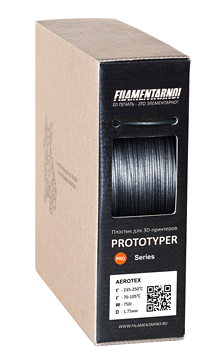
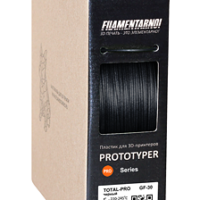

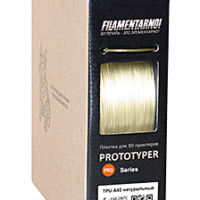
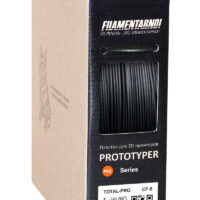
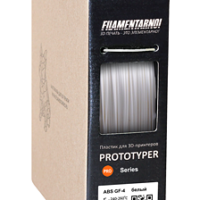
Reviews
There are no reviews yet.